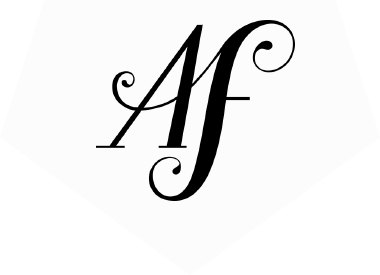Four things to do before meeting your web designer
Have you just set up your initial meeting with a potential web designer (maybe meeeee?) and wondering what to do in the meantime?
First of all, you definitely don’t need to do anything; an experienced web designer or developer will be ready to walk you through your first steps. But if your excitement won’t let you sit still until you make some progress on this project, here are a few great steps to take. You can even send the info you collect to your prospective designer to give them more to work with in your meeting!
If you don’t already own a domain, brainstorm on what it will be. Maybe even buy it!
Your website will need a domain (also known as your URL, i.e. “ansleyfones.com”), and chances are good that whatever you choose will also be the name of your website. This is the first hard decision you’ll need to make when creating your website, and you need to be committed to your decision. But in my experience, a project can’t move forward very far without a name, so choose early and choose well. Depending on your business, your name could be an obvious and strong choice (and one you won’t outgrow).
Regardless, once you have picked a domain name, go buy it! Even if you ultimately change your mind, domains are usually about $12/year so its not a huge financial commitment. Plus, the act of purchasing it can help you overcome that first hurdle towards getting your website manifested into reality!
To learn more about how to buy your domain, check out Step #1 from this blogpost!
Start collecting visual ideas.
Everyone has a unique aesthetic, and that’s what makes creating custom websites so fun! Do a little soul searching to find your personal visual preferences. Collect other websites (no need for them to be in your same industry/subject), logos, graphics, color schemes, cards, photos, really just anything that helps convey your style.
Consider your top functional priorities.
What does this website need to do? Will you have a blog? What do you want people to do or see or feel when they land on your website? There’s a lot to unpack here and a ton of options, but don’t get overwhelmed! Your designer or developer can help guide you through the process.
Here just a few options to consider and mention if you’re thinking that you might want them:
- Blog
- Newsletter opt-in
- Contact form
- eCommerce
- Events
- Membership or premium content
- Instagram feed
- Classroom or course materials
You can find more options you might want to consider on pages nine and ten of my ebook here!
Think through your budget.
This one is simple (well, in theory): have an idea of what you’d like to spend. Projects are more successful if everyone involved has a good idea of the finances, and a good designer or developer should be straight forward with you (and you with them). If your budgetary ideas don’t match your developer’s, ask about your options.
Hand-in-hand with your budgetary plans, be ready to convey the size and scope of the project. This ties back to the point above about considering your functional priorities, but keep in mind that if a project ends up adding features not included in the original scope, your final costs can and will increase.
If you want to know about more about your first meeting and how to spot a real Professional Web Designer or Developer in the wild, sign up here:
[optin text=”Wanna Know What You’re In For? Get the Free Guide to Hiring Your Designer!” button=”Yes, please”]


